Top Things to Know Before Buying the Best Indoor Garden: A Green Thumb's Guide
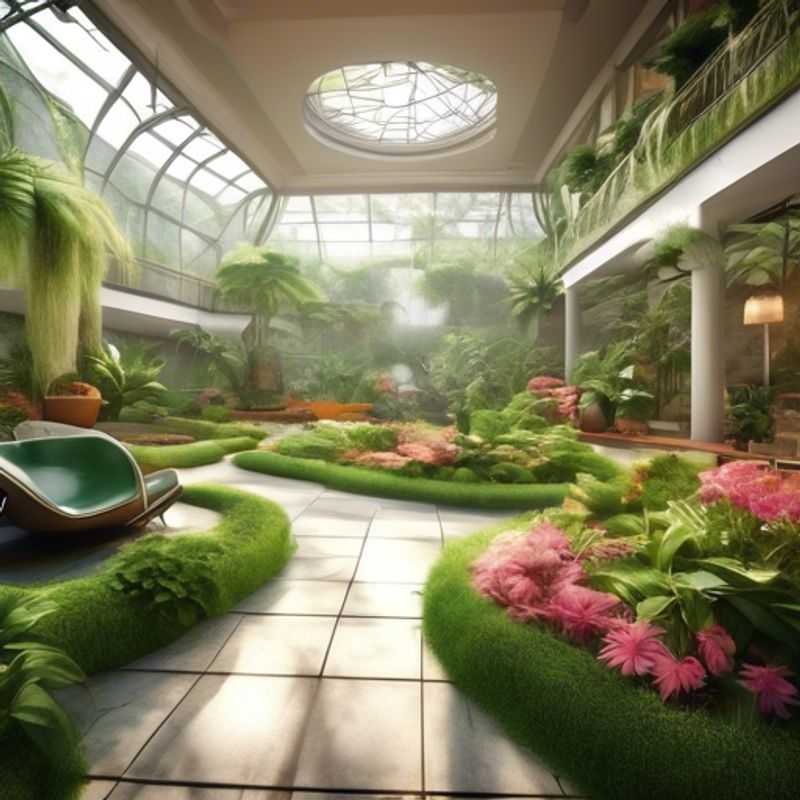
Top Things to Know Before Buying Your Indoor Garden: Space Planning, Plant Needs, Maintenance, Lighting, Containers, Drainage, and Choosing the Right Plants
Growing your own food indoors is incredibly rewarding! It allows you to enjoy fresh, delicious produce year-round, regardless of the weather. Before diving into the world of indoor gardening, there are a few key things to consider to ensure a successful and enjoyable experience.
First, determine the size and layout of your indoor space. This will help you choose the right garden setup. You can opt for a small tabletop garden, a vertical wall-mounted system, or even a dedicated room for a larger setup.
Next, research the lighting, soil, and watering needs of the plants you want to grow. Some plants thrive in bright light, while others prefer shade.
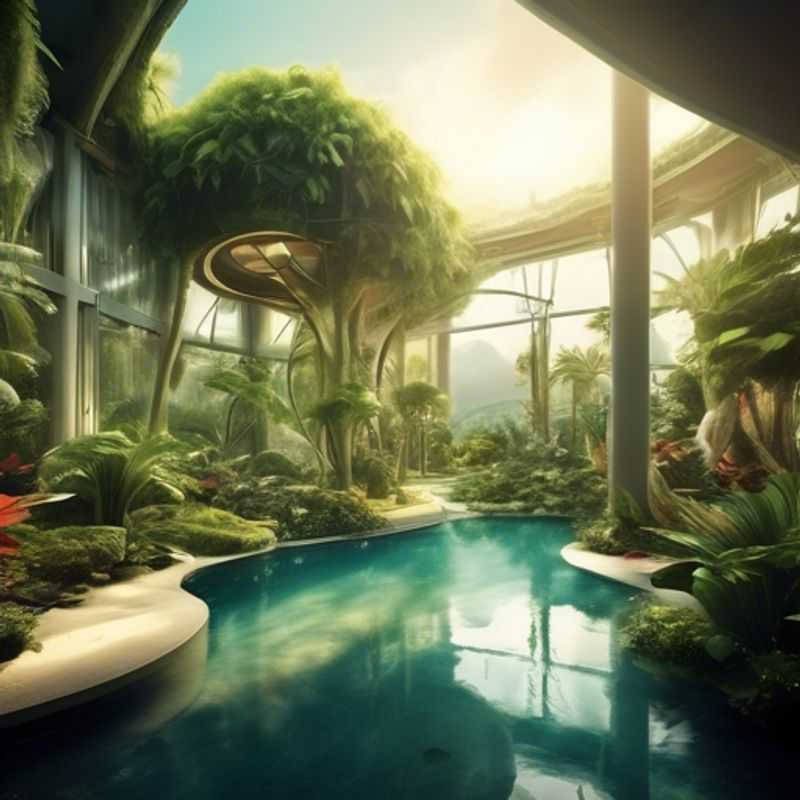
Measure Twice, Plant Once: Choosing the Perfect Indoor Garden Setup
Before diving into the exciting world of indoor gardening, take a moment to assess your space. It's like planning a room makeover, but with plants! Start by measuring the length and width of your chosen area. This will help you determine the overall size you're working with. Next, think about the layout – are there windows for sunlight? Are there any obstacles like furniture or heating vents? This will inform the placement of your garden setup. Consider the flow of traffic, ensuring it's easy to access your plants without bumping into things. Finally, envision your garden's aesthetic. Do you want a sleek modern setup with vertical shelves, or perhaps a rustic feel with hanging baskets? The layout is your canvas, so choose wisely!
Remember, accurate measurements are key to choosing the right gardening setup. You don't want to be stuck with a setup that's too big or too small for your space.
If you're working with a small space, consider vertical gardening systems or compact growing setups. These options maximize space while allowing for a variety of plants. For larger areas, you can explore more traditional setups like shelves, tables, and rolling carts. Don't forget to factor in any potential costs associated with purchasing your gardening setup. You might need to invest in grow lights, shelves, or other equipment, depending on your chosen approach.
Take your time to plan, measure, and visualize your ideal indoor garden. It's an investment in both your space and your green thumb!
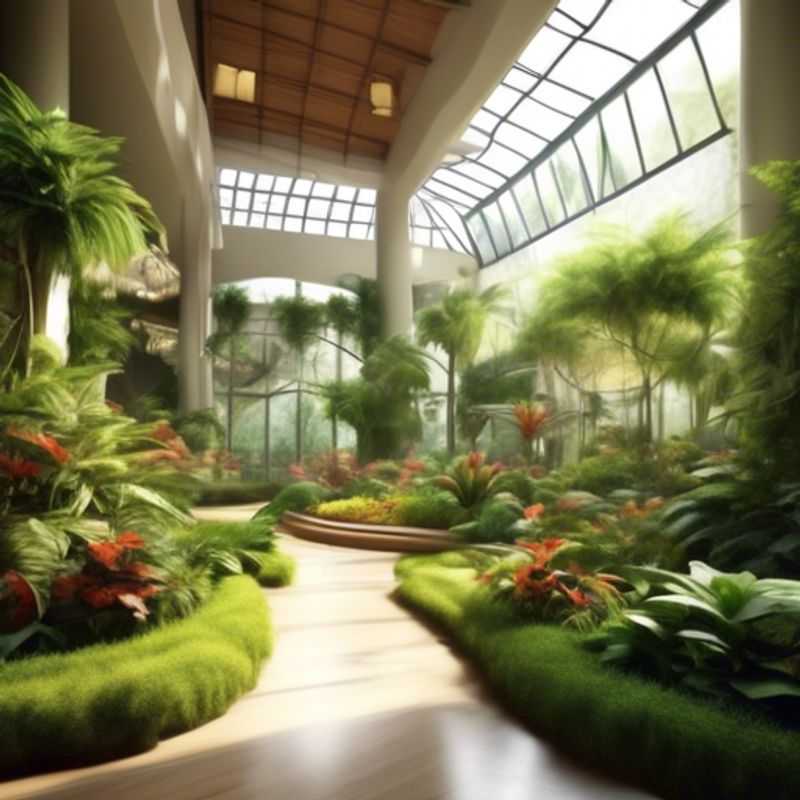
Get to Know Your Plants: Lighting, Soil, and Watering Needs
Before diving into the exciting world of gardening, it's crucial to understand the basic needs of your chosen plants. Researching their specific requirements will ensure their healthy growth and flourishing.
First, consider lighting. Does your plant thrive in full sun, partial shade, or indoor conditions? Knowing this will help you select the perfect spot in your garden or home.
Next, delve into soil. Different plants prefer different soil types. Some flourish in rich, well-draining soil, while others need acidic or sandy conditions.
Finally, watering is crucial. Overwatering can lead to root rot, while underwatering can stunt growth. Research your plant's water needs, considering factors like soil type and climate.
By understanding these basic needs, you can create the ideal environment for your plants to thrive and provide them with the best chance for success.
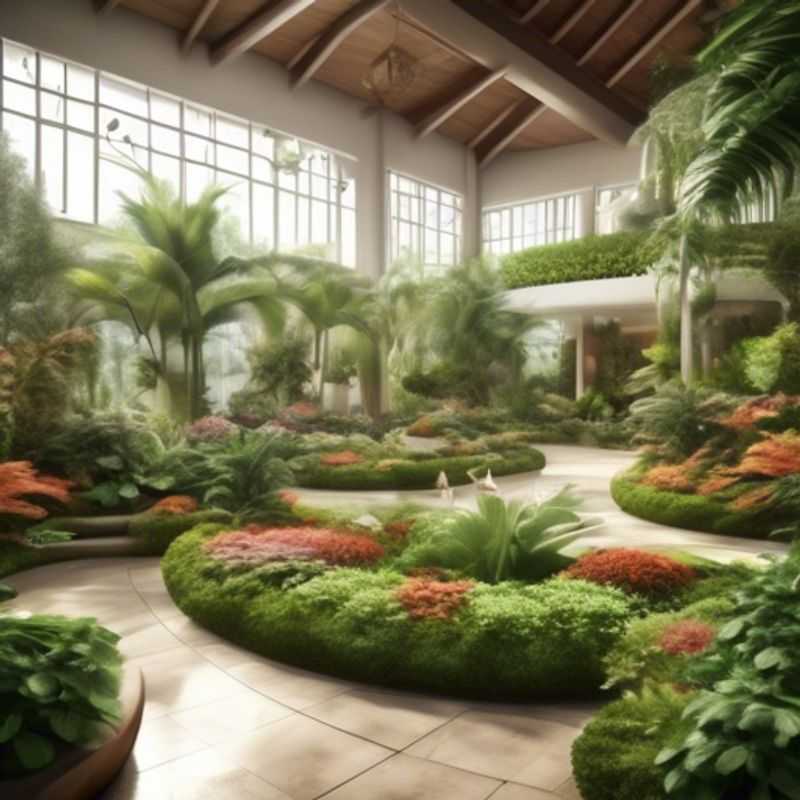
Green Thumbs Up: Maintaining Your Indoor Garden
Indoor gardens require regular maintenance to thrive. One crucial aspect is pruning, which involves trimming overgrown stems and leaves to encourage bushier growth and better light penetration. This is a vital part of keeping your garden healthy and productive.
Another important factor is pest control. Indoor gardens are susceptible to common pests like aphids, spider mites, and whiteflies. Regularly inspecting your plants for signs of infestation is essential. You can use natural methods like neem oil or insecticidal soap to control pests without harming beneficial insects or your plants.
Beyond these basics, you might also need to consider additional maintenance activities based on your garden's specific needs. For example, repotting your plants into larger containers when they outgrow their current pots can help ensure their continued healthy growth.
Overall, a bit of regular maintenance goes a long way in ensuring your indoor garden remains healthy and beautiful. With a little effort, you can enjoy the fruits (or flowers!) of your labor.
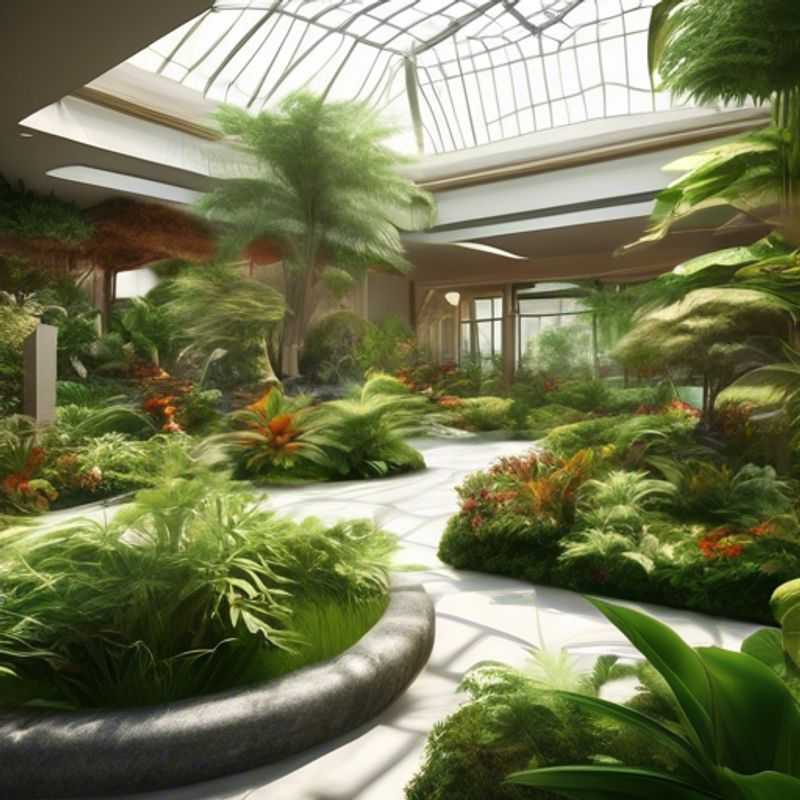
Boost Your Garden's Growth: Choosing Energy-Efficient Grow Lights
Growing plants indoors can be a rewarding hobby, but it requires careful attention to lighting. While natural sunlight is ideal, it's not always available, especially during winter months or in areas with limited sun exposure. This is where supplemental grow lights come in. Look for energy-efficient and low-maintenance grow lights to supplement natural light, ensuring optimal growth for your plants.
LED grow lights are a popular choice for their energy efficiency and long lifespan. They emit specific wavelengths of light that plants need for photosynthesis, promoting healthy growth. Consider the type of plants you're growing, as different plants have different light requirements. Some plants thrive under full-spectrum lights, while others prefer red or blue light. When choosing grow lights, consider the intensity and spectrum of the light emitted. Additionally, factor in the coverage area to ensure adequate light for all your plants. Remember that grow lights need to be positioned correctly to provide optimal light exposure. Follow the manufacturer's instructions for proper placement and usage.
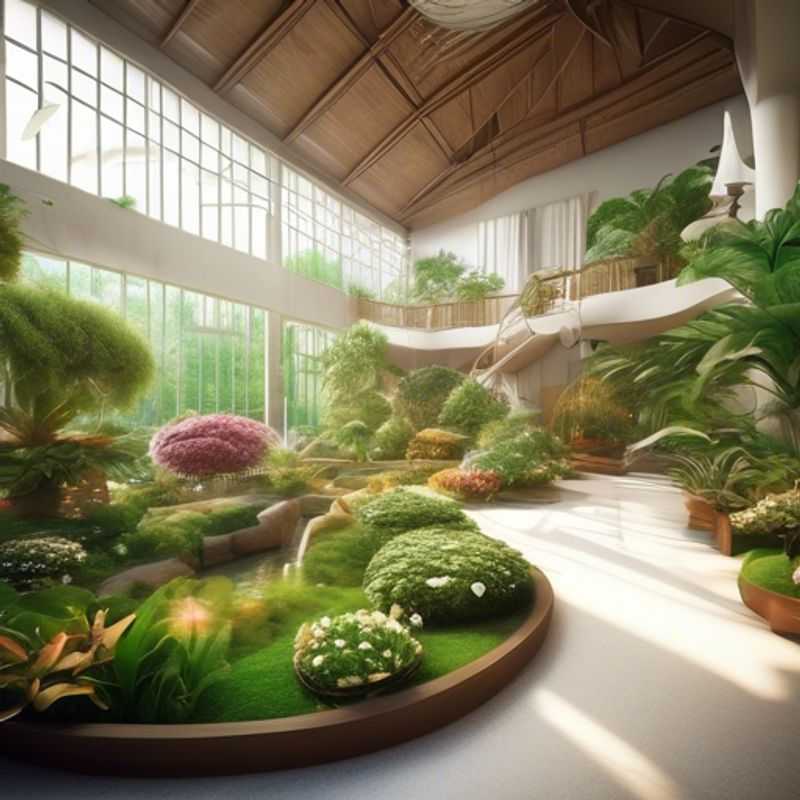
Choosing the Right Container or Raised Bed for Your Indoor Garden
Choosing the right container or raised bed system for your indoor garden depends on several factors, including your available space, the types of plants you want to grow, and your budget.
Size and Shape: Consider the space you have available and the size of the plants you want to grow. For small spaces, consider compact containers or vertical gardens. For larger plants, you might need a larger container or raised bed.
Material: Containers come in various materials like plastic, wood, metal, or fabric. Plastic is affordable and lightweight, while wood offers a natural aesthetic. Metal is durable but can get hot in direct sunlight. Fabric pots are great for drainage and ventilation but may need extra support.
Drainage: Ensure the container has drainage holes to prevent waterlogging and root rot. Choose containers with adequate drainage holes and consider adding a drainage layer at the bottom, like gravel or broken pottery.
Light: Most indoor plants need at least 6 hours of sunlight daily. Choose a container that is appropriately sized for the amount of light your plants will receive. You might need to supplement with grow lights if your space has limited natural light.
Budget: Containers and raised beds come in a wide price range. Consider your budget and weigh the pros and cons of different materials and sizes. Remember to factor in the cost of potting soil, drainage materials, and any additional tools or supplies you may need.
Consider your personal preferences and the specific needs of your plants.Research different container options to find the best fit for your indoor gardening journey.
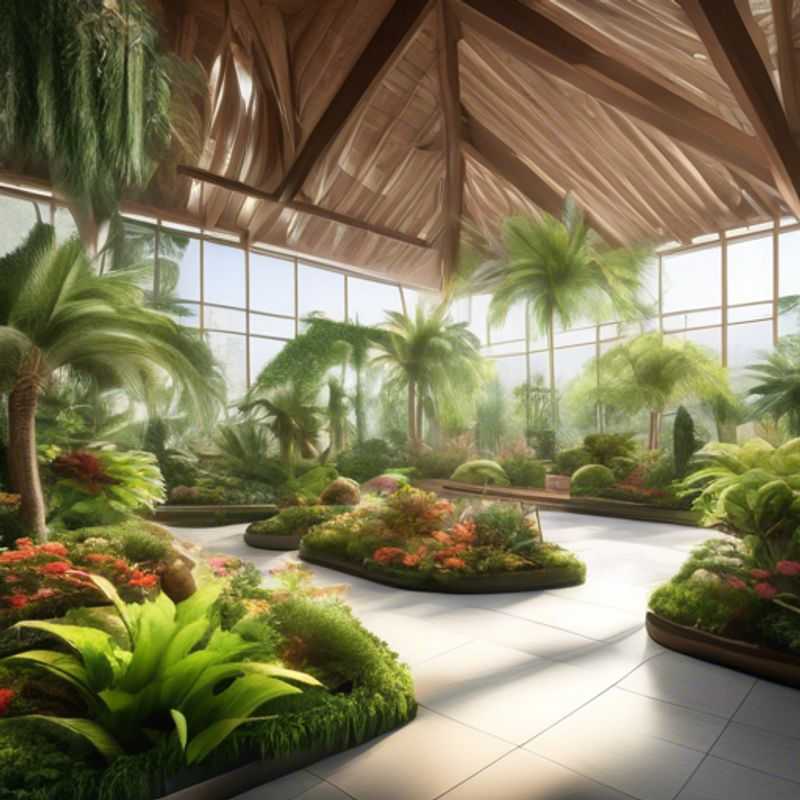
Keep Your Home Healthy: The Importance of Drainage and Ventilation
Proper drainage and ventilation are crucial for maintaining a healthy and safe environment, especially in areas prone to moisture buildup. These systems work in tandem to prevent mold growth, mildew, and other health concerns.
Drainage effectively removes excess water from surfaces, preventing pooling that can lead to mold. This is especially vital in areas like bathrooms, kitchens, and basements. Proper ventilation removes moisture-laden air, reducing humidity levels and discouraging mold growth. This is achieved through exhaust fans, windows, and other methods of air circulation.
Here are some practical tips for ensuring proper drainage and ventilation:
1. Regularly inspect and clean gutters and downspouts. Ensure they are clear of debris and effectively direct water away from the foundation.
2. Install exhaust fans in bathrooms, kitchens, and laundry rooms. These fans should vent directly to the outside to remove moisture-laden air.
3. Open windows and doors for ventilation when possible. This allows fresh air to circulate and reduce humidity levels.
4. Consider using a dehumidifier in areas with high humidity. Dehumidifiers remove excess moisture from the air, minimizing the risk of mold growth.
5. Address any leaks or plumbing issues promptly. Repairing leaks prevents water damage and moisture buildup.
By implementing these simple steps, you can create a healthier and more comfortable environment in your home or building.
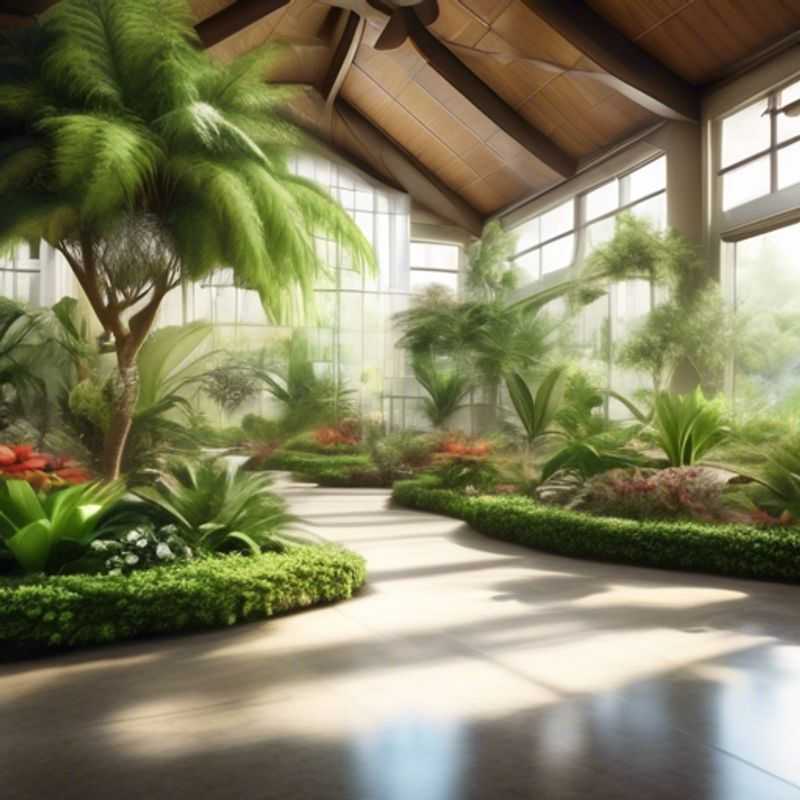
Bring the Outdoors In: Easy-Care Indoor Plants for Busy Lives
When it comes to selecting indoor-friendly plants that are easy to care for, there are several popular varieties that thrive in low-light conditions and require minimal maintenance. Here are some of the best options:
Snake Plant (Sansevieria): Known for its resilience, the Snake Plant tolerates neglect, low light, and irregular watering. It's an excellent air purifier and can survive in a variety of conditions.
Pothos (Epipremnum aureum): This trailing vine is perfect for beginners. It grows well in low light and only needs watering when the soil is dry. Its variegated leaves add a touch of beauty to any space.
ZZ Plant (Zamioculcas zamiifolia): Another hardy option, the ZZ Plant thrives in low light and requires infrequent watering. Its glossy leaves make it an attractive addition to any room.
Spider Plant (Chlorophytum comosum): Known for its air-purifying abilities, the Spider Plant is easy to propagate and care for. It prefers bright, indirect light but can adapt to lower light conditions.
Peace Lily (Spathiphyllum): This plant is not only beautiful but also effective at improving indoor air quality. It thrives in low light and requires watering when the soil feels dry to the touch.
When planning to introduce these plants into your home, consider potential costs such as purchasing pots, soil, and any necessary fertilizers. Additionally, if you choose to buy plants from specialty shops or nurseries, prices can vary widely based on size and variety.
In conclusion, selecting easy-care indoor plants can enhance your living space with minimal effort. For further details on care tips and specific plant varieties, a quick internet search will provide ample resources.
